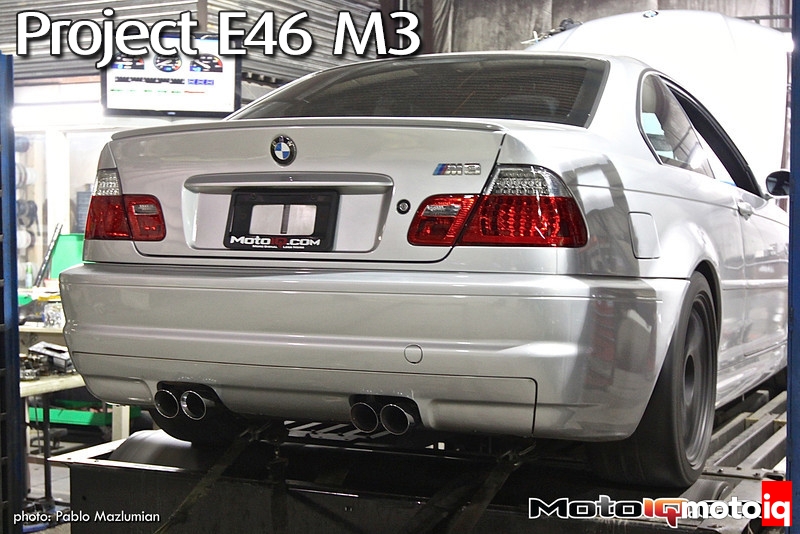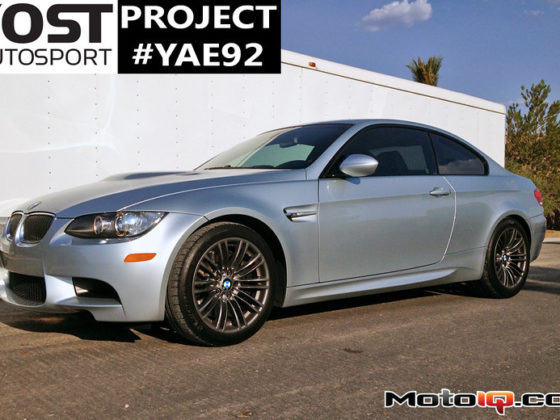,

While the Corsa setup sported H-piping to aid in exhaust scavenging, Magnaflow uses X-piping. This is supposed to optimize exhaust flow by having the exhaust pulses help each other from one bank to the other, keeping the burn in the combustion chamber as clean and filled with as much fresh air and fuel as possible.

If you take a close look inside the X-pipe you can see where the pipe we’re looking through starts to smoothly curve to the left-side opening.

Here’s a look at the 409 stainless steel tubing and welds of a Magnaflow system. Each Magnaflow muffler is lap-joint welded for solid construction and great reliability under the most extreme conditions.
While 409 stainless isn’t the shiniest piping you’ll find when compared to some of the other exhaust systems, it still gets the job done and—because of the less expensive piping—it does so at a price point that's allowed Magnaflow huge success in the performance exhaust industry.

Looking through the rear muffler, we can see that Magnaflow mufflers employ a straight, perforated flow-through design with gradual internal bends. No louvers, no baffles, and no sharp turns are present—and that’s the way you want it!
Magnaflow reports that the large perforations eliminate any flow restrictions as opposed to a louvere- style core. When gases go through these perforations, the noise gets absorbed through a stainless steel mesh layer, which provides good sound absorption under high temperature with no blowout. Between this and the outer shell lies one more layer of high temperature acoustic suppression material.

The double tip exits are more for aesthetics (notice it’s coming off of a one-pipe exit). But that’s the way the BMW factory did it as well on the E46 M3.



